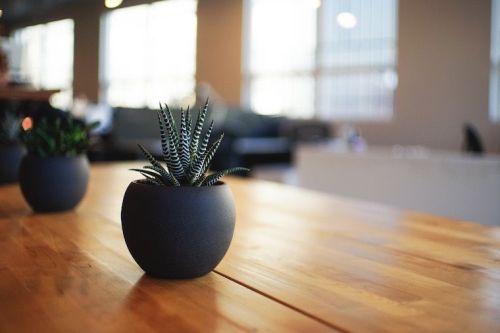Our editors independently select these products. Making a purchase through our links may earn Well+Good a commission
By this point, you’ve likely heard of Marie Kondo’s magical tidying method or applied some of its principles to your rooms, drawers, or even your heart. But did you know that feng shui is really the OG when it comes to creating a joy-inducing space?
Feng shui is the ancient Chinese art of harmonizing your surroundings—think more along the lines of “create energy flow,” rather than “tidy up.” In the recently revised edition of Clear Your Clutter with Feng Shui, space-clearing expert Karen Kingston revisits her original 1998 guide with fresh eyes, sharing even more foolproof, practical tips for effectively getting rid of clutter—whether it’s in your home, yard, workspace, body, or mind.
According to Kingston, the most important—and until rather recently, often overlooked—step in the feng shui practice is getting rid of clutter. And not all clutter is created equal. It actually falls into four categories: things you don’t use or love, things that are untidy or not organized, an excess of things that don’t fit into a space, and unfinished things.
More clutter, Kingston says, means more stuck, depressed energy in your space—and that can negatively affect your personal energy, mental state, and overall wellness big time. Clutter can also be a reflection of what’s going on in your life (which might explain why that pile of clothes on the chair seems to get bigger as you feel more stressed and out of control).
On the flip side, a clutter-free space filled with things that are loved and used regularly allows positive energy to move fluidly, not just through the space but also through you.
“If you have a clear focus in your life and you surround yourself with things that have this marvelous free-flowing energy, you will have a correspondingly happy, joyous, free-flowing life,” Kingston explains.
In that spirit, here are seven clutter-cutting tips even those of us drowning in stuff can embrace.
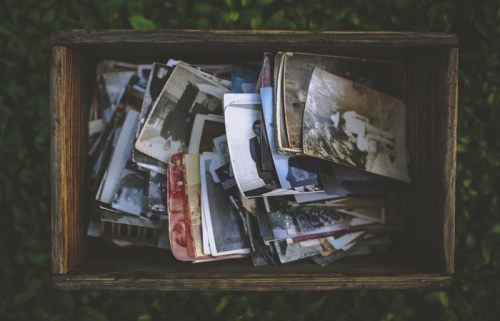
1. Don’t clear clutter because you should.
“In this book, I’m not telling you that you ‘should’ do this or ‘should’ do that,’” says Kingston in a chapter on how to start your clutter clear-out. “‘Should’ is one of the most disempowering words there is. When you use it, you feel guilty and obligated. My advice is to dump the word from your vocabulary forever. Use ‘could,’ not ‘should,’ from here on in…[it] empowers you, gives you a choice, and later allows you to take the credit for a job well done.”
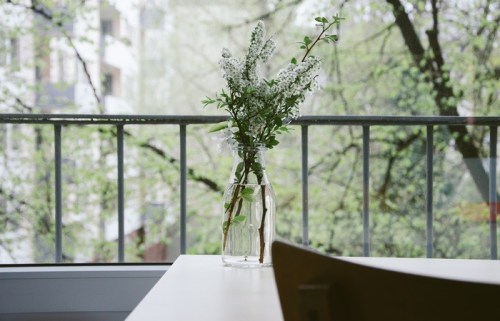
2. Don’t wait to start your cleanup—though some times are better than others.
Kingston suggests you do at least one major clutter clearing per year, and emphasizes that any time is a good time to start. That being said, you could get even more mileage if you do it at specific times of year when the cycle of renewal happens in nature, like spring or the beginning of a wet or dry season.
Other opportune times to delve in? After life changes like a big move, recovering from an illness, starting a new job, or even coming back from a vacation. “You have a different perspective at these times and it makes it easier to make decisions about what you realistically need to keep,” she says.

3. Know the zones of your home and declutter accordingly.
A key tenet of feng shui is the bagua, a diagram or map of your space that connects different aspects of your life—such as prosperity, relationships, health, or creativity—to different zones in your home (Kingston provides handy bagua examples on her website). The idea is that stagnant energy in any of those areas could be reflected in your life, body, or emotional health. Before you start your decluttering, make a list of the zones that need clearing, from least cluttered (like behind doors or in drawers) to the most (junk rooms, basements, garages). Put an asterisk next to the zones that irritate you most and tackle those first.

4. Schedule your clutter clearing.
“Make a date with yourself to do it, and show up,” says Kingston. And remember that you don’t have to do everything in one fell swoop. “It can be a whole day, a half day, or a series of appointments of just an hour or half an hour, depending on how fast you want to progress.” She also suggests allotting a specific time to declutter each section (you’ll want to stick to that, too).
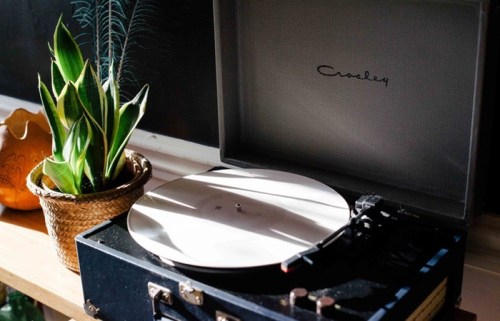
5. Play upbeat music—loud.
“Some people prefer to clutter clear in silence, but many find they are able to keep going two to three times longer if they have the right music playing,” says Kingston. She suggests skipping the headphones and using the speakers, pumping up the volume so it’s at a danceable level. (Consider it a great excuse to make a new Spotify playlist.)

6. Wear something red.
Or at least something from the warmer end of the color spectrum. Why? Kingston says red spurs you to action and warm colors are comforting, making it even easier to let clutter-causing things go. What not to wear on cleanup days? “Black attracts low-level vibrations and will quickly make you feel tired when clearing clutter. Gray…can cause you to be indecisive about what stays and what goes.”
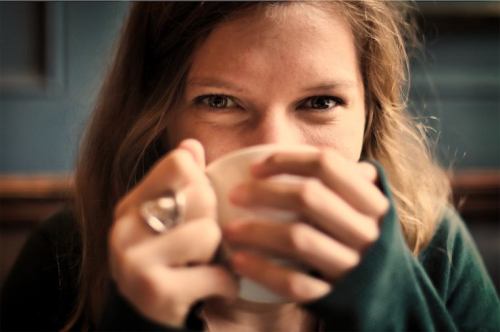
7. Reward yourself, even if you’ve still got some clutter.
This one is simple: If you give yourself a treat for reaching a decluttering goal, however small, you’re more likely to continue the process. As Kingston reminds us, “You don’t need to aim for perfection. Just deal with the main items of clutter that are clogging up your space and then get on with your life.”
This post was originally published March 16, 2016; updated on July 31, 2020.
Sign Up for Our Daily Newsletter
Get all the latest in wellness, trends, food, fitness, beauty, and more delivered right to your inbox.
Got it, you've been added to our email list.
